5very strange historical contradictions.. Read them and you will be happy because we no longer live in the past
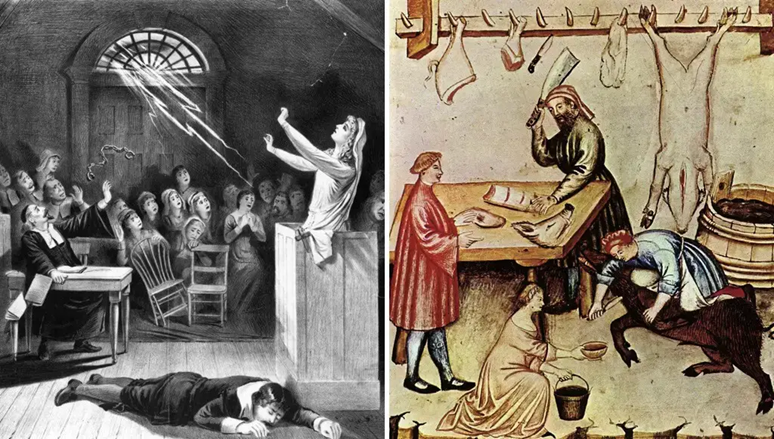
The rebellious nature of a person who loves to break social restrictions has always been part of his growth. Without the youthful social challenge, punk music would not be what we know it today, and movies would not be boring and monotonous, centered only on taxes and their confusion for people.
In addition to the fact that unleashing your liberating spirit from within helps you get all that anger out of your heart when you are young, and it is easy for you to accept your life as a middle-aged person working in sales and living a monotonous life when you look back and see yourself challenging everything Those social restrictions that were imposed on you, for nothing but to feel alive.
We know very well that times are different from each other, and in this article on our website “Your Income Knows”, we collected for you, dear reader, five very strange things that were standard at some time in the past, their strangeness will make you want to laugh:
1. WHEN BREAKFAST WERE THE PRINCE OF VARIOUS Pagans:
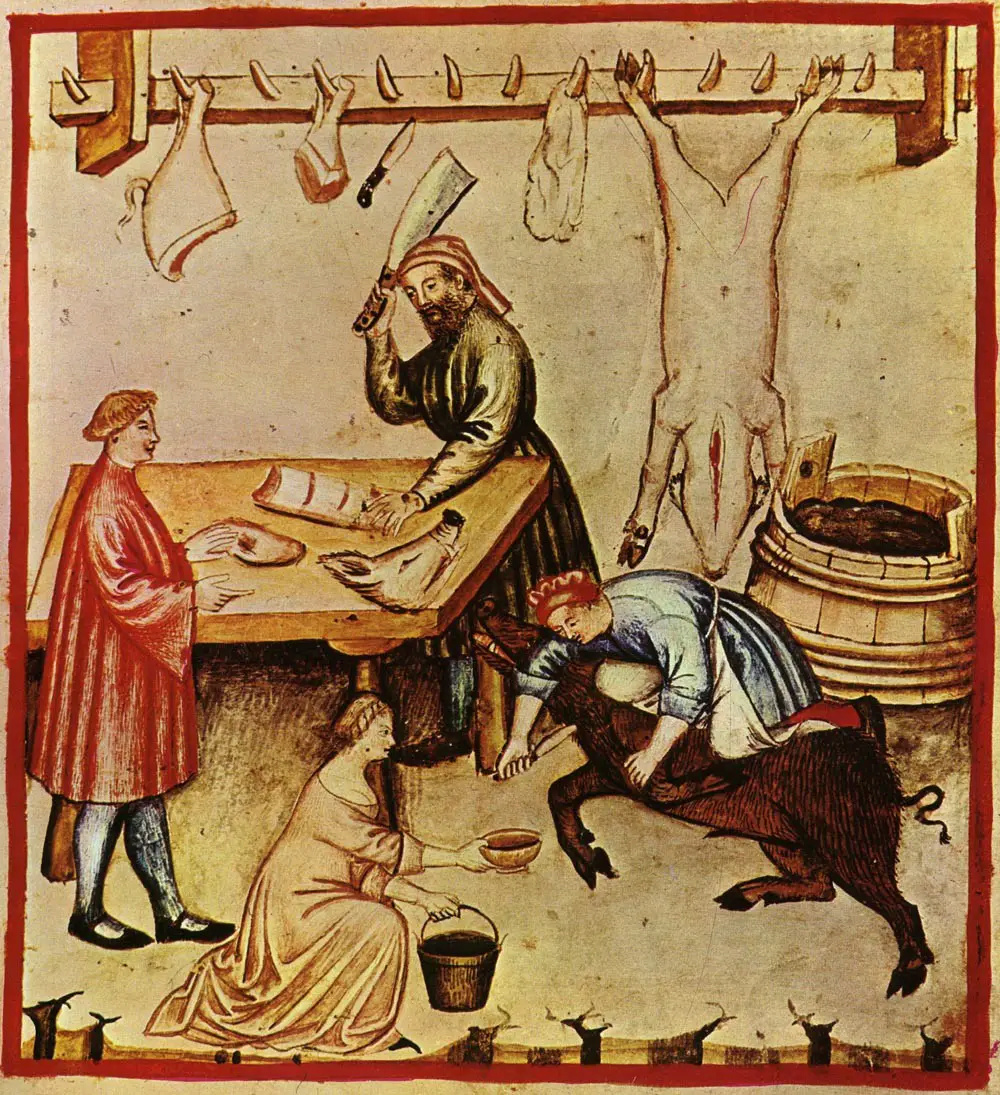
Nowadays, it takes strenuous efforts and a very popular YouTube channel in order to make an issue controversial, and a few centuries ago; Becoming Logan Paul — a famous YouTuber — in the Middle Ages was as simple as eating some scrambled eggs for breakfast, because Europeans at the time considered breakfast a moral offense to God.
According to the theologian Thomas Aquinas, eating breakfast or something else in the morning was considered an outright transgression and gross commission of the sin of “gluttony.” Compared to today, eating a few sandwiches can be seen as socially suspicious, regardless of your religion.
The idea at the time revolved around the desire of Christians to avoid indulging in worldly affairs and neglecting the afterlife, and they should also learn to curb their instincts and desires, and this meant resisting the desire to eat anything in the morning, and from it the most acceptable way from the spiritual side of eating was manifested in avoiding a meal Breakfast completely, then eating a light lunch in the middle of the day, and providing the large meal for dinner, which represents a great differentiation between these habits and eating habits today, especially in America where people eat all the food all the time.
Europeans in the Middle Ages assumed that if a person was unable to resist his desire to eat in the morning, he would inevitably be weak and helpless in front of greater and worse temptations, and from him if you were seen enjoying breakfast, there is no doubt that you will go further than that by getting a tattoo afterwards!
Of course, all these flimsy moral philosophies were abandoned as soon as Europeans became acquainted with chocolate in the seventeenth century, and this delicious bitter-sweet substance coincided with the discovery of coffee in the New World, which meant that Europeans could not wait until they woke up from their sleep in the morning to eat All those delicious things.
instead of resisting it; The pope essentially changed the rules in place to dictate that eating something in the morning was permissible provided it was liquid, and that was all the motivation Europeans needed on their way to eating whatever they wanted in the morning.
Then the rules changed completely and the Christians started calling it awful not to eat breakfast, so everyone ate it, because as human beings we have some things we hold very sacred, but if we really want something, we simply change the rules so that we can enjoy it.
2. When Sneakers Were Outlaws' Favorite Shoes:
Converse shoes with a non-slip rubber sole from 1923. Photo: American Federation of Arts
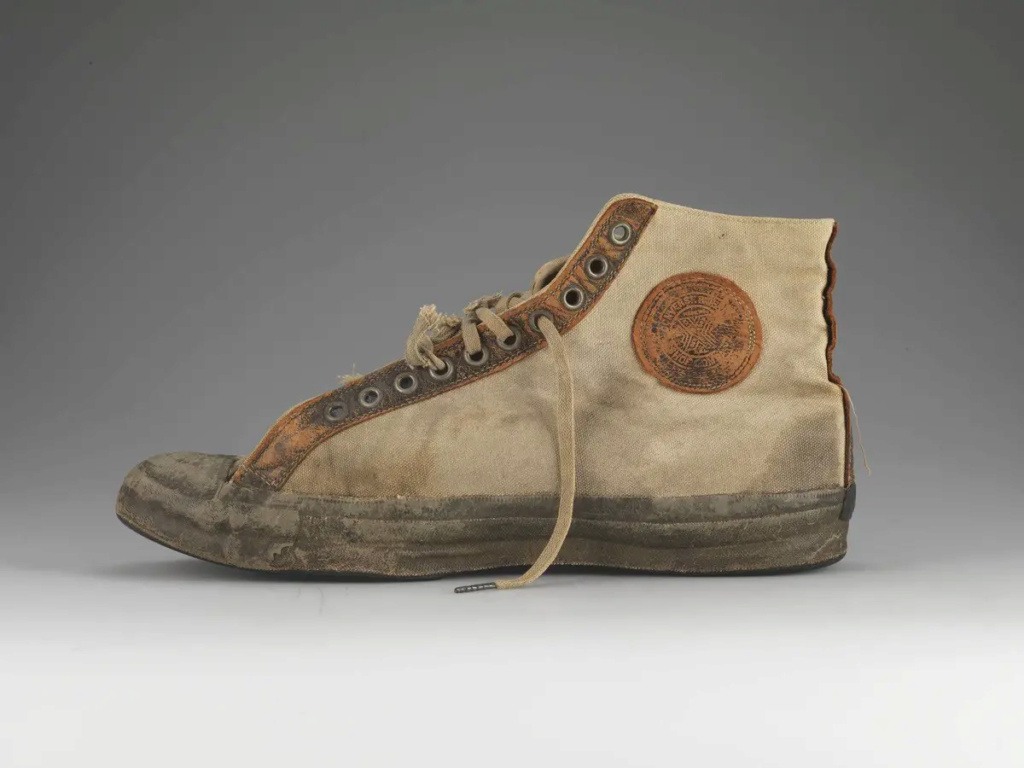
When rubber-soled shoes were invented in the 19th century, they were worn exclusively by the world's top athletes, tennis players. These shoes were too expensive to mass-produce, not to mention that many people didn't want their superpowers—like increased runner's speed and the ability to jump higher—to find their way to ordinary people.
By the early 20th century, the production and development of these new super-shoes had met with great popularity and success, and suddenly sneakers (sneakers) were available to almost everyone, not just the wealthy white men in the German government who played tennis. At the same time, the sport of basketball began to gradually become popular, which increased the popularity of these shoes, which were closely associated with the practitioners of this sport.
By the second half of the twentieth century, more and more people accused sneakers of being criminals, because sneakers are inherently silent, and sneaky housebreakers and serial killers of this kind are always caught wearing sneakers rather than classic shoes.
In 1979, The New York Times published an article entitled: “ For joggers and thieves, common sneakers .” This article was followed by another article entitled: “Ice Cream Cones: Someone Might Be Able to Kill You Using One of Them If They Wanted.” 1986 The American hip-hop group Run–DMC composed a song called: “My Adidas Shoes.” This is not only because they were the first singers to make a deal with the sportswear company, but because they wanted to defend what was called “the shoes of crime,” Ford in one of the lines The song follows the verse: “I'm wearing my sneakers, but I'm not sneaky.”
What worsened the situation, and the increase in stereotypes of sports shoes, was the launch of the company (Nike) for the line (Air Jordan) for sports shoes, and the latter quickly became a favorite among drug dealers, mafias and some bad people around the world, so it was the favorite sports shoes among Outlaws.
In the year 2015, sales of sports shoes exceeded $ 34 billion in the United States only, and of course this large number was not limited to what the outlaws acquired only. on it.
3. When the Jews were forbidden to prepare bread because Jesus was “the bread”:

Sometime during the Middle Ages—just when it was considered a moral sin to eat breakfast—the Germans had begun to make their way to emigrate to Poland, and they did not arrive there empty-handed, as they brought with them their mastery of preparing and preparing the finest types of bread, especially the bread. Bagels... Yes, the idea of making a hole in the middle of the bread is very old and dates back to the 14th century.
During the same era, Jews were also flocking to Poland, but there was a fundamental difference between them and German immigrants: Jews were legally forbidden to prepare any kind of bread, including bagels, because “Jesus is bread.”.
This was the focus of the controversy in the whole matter, as the Jewish people were seen as an enemy of Jesus and an enemy of the Church, because they killed Jesus Christ, but despite this, this does not explain why the Jews were legally prohibited from preparing and preparing bread.
Let's explain: The Christian Holy Supper is eaten with bread as an example of the body of Jesus, which Catholics say literally transforms into the real body of Jesus when it reaches the stomach, so influential Christians felt that allowing the Jews to prepare or deal with the bread was strange, Because the bread sometimes becomes Jesus himself, and they do not want the enemies of Jesus to deal with Jesus himself!
In order to make ourselves clear: we respect the fact that people are free to choose their own religion, belief and practice, believe what they want and believe what they want, nor do we try to pretend to be experts in this regard, but it seems very clear that it was not worth saying the whole thing Literally, and even if the subject of the bread turning into Jesus is taken literally, must there be some ordinances in place and blessing for this to happen?
Finally, in 1264, one of the Polish princes came forward and said, “Well, the Jews can make bread if they want to,” because that makes perfect sense.
4. When the typists were… love pirates?
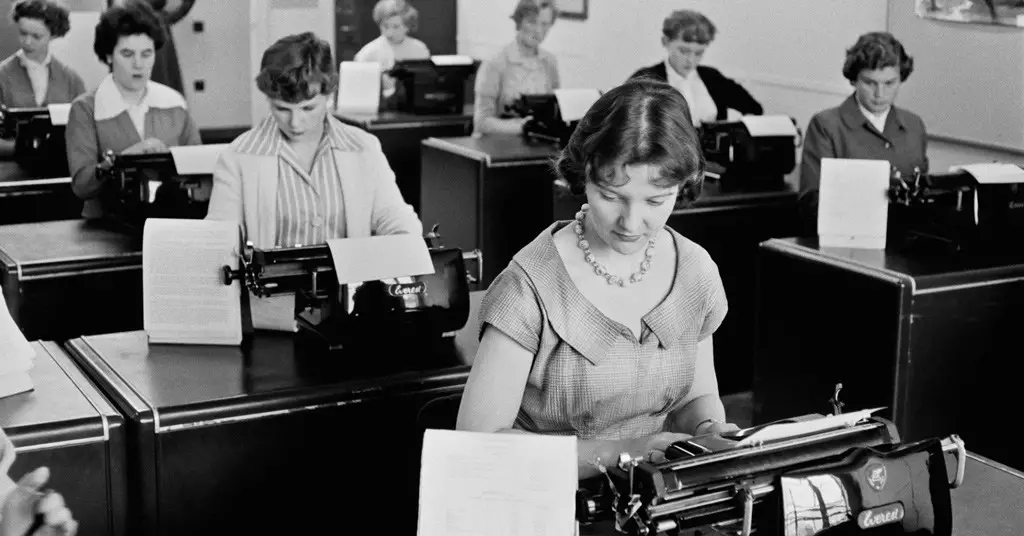
In the early 20th century, Americans found themselves facing a new threat they had never seen before, and it wasn't about fascists or communists, but about these new enemies lurking in Americans and threatening to tear their society apart were known mainly as the "love pirates".
Obviously, this term quickly conjures up an image of the famous “Pirates of the Caribbean” movie with images of such (Johnny Depp) and (Orlando Bloom) or (Keira Knightley), but in reality: “Pirates of Love” is a term to refer to something unrelated His hacking…women working on typewriters.
In the early 20th century, women were finally entering the world of work, and young women were largely occupying jobs as typewriters or stenographers for major corporations after the invention of the typewriter. Of course, this meant a lot of direct contact with their male bosses, much to the horror of the latter's wives, who assumed that those delicate, dexterous typist fingers might be just as good at pulling off men's pants.
The term “love pirate” appeared for the first time during a transcript of a trial in which an angry divorcee named Una Gosling sued her ex-husband’s stenographer. Her natural environment is skyscrapers, her weapon is a double-edged sword of all kinds of flirtation and flattery, and her great reward is the heart of a man.” This seemed to be a harsh description of a person who may have only wanted a job, but the court agreed with (Gocelyn) and ordered the defendant to pay $50,000 in damages for hacking her “husband’s heart.”
Gosling wasn't the only one to use the term. Stenographers and typewriters continued to be called "love pirates" over the years, appearing in books like Why American Marriages Fail—the author's answer here was "love pirates." —, and newspapers like The Chicago Inter-Ocean.
Somehow, the women were unable to refute the idea that their husbands were helpless in front of the "Hatty Pirates of Hearts" who were infesting the Chicago working world. Eventually, society figured, women could get a job without automatically seducing every man they meet.
5. WHEN THE PURITARIANS DID SCAM AND A CRIME IN WOMEN'S BOOKS:
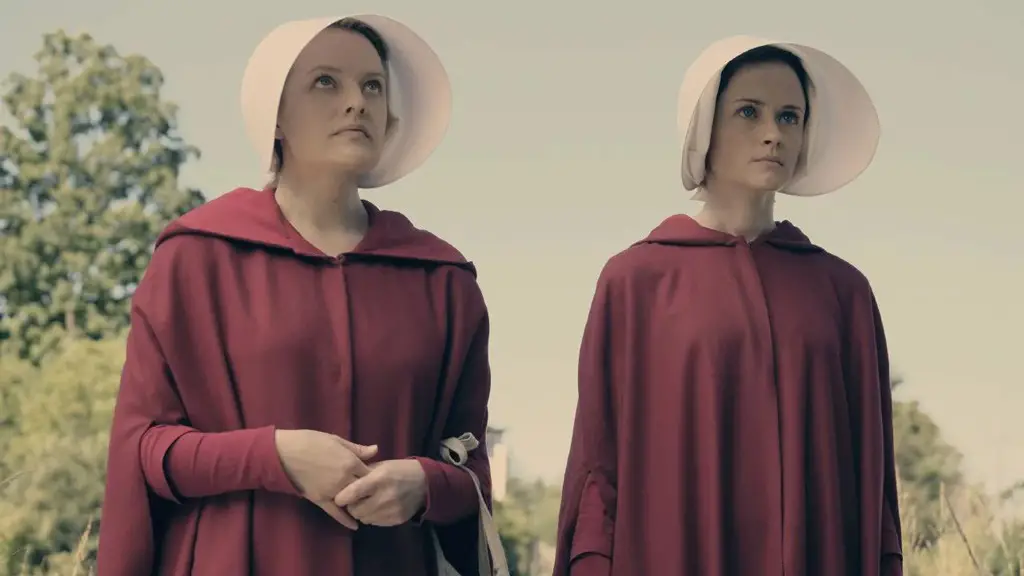
From what most people know, the Puritans had strict laws about what was proper and what was not. Much of their religion was built around the idea that God would be too embarrassed to try to deliver anyone caught dancing from torture, and it's no secret to everyone. That the greatest burden of these strict laws fell on the shoulders of women, with many of them being ordered to cover every part of their bodies that might arouse men sexually, and by looking at these laws, we can say with certainty that any part of the woman's body was arousing the lust of the Puritan man!
For example, in the year 1634, several laws were adopted that determined what could be worn and what could not be worn from clothes, among these laws was the law forbidding women to wear any decorated, beautiful, and silk hoods. Several young women were prosecuted for being caught “in the act” of wearing “the most beautiful bonnets that the New World had seen”, and one in particular was accused of “wearing silk in a vain, humiliating manner”.
Of course, these laws went further, forbidding women to wear belly girdles or silver or gold belts, and by the 1750s everyone was forbidden to wear short sleeves, and by 1679 women were forbidden to “cut, curl, or style their hair in a manner indecent.”
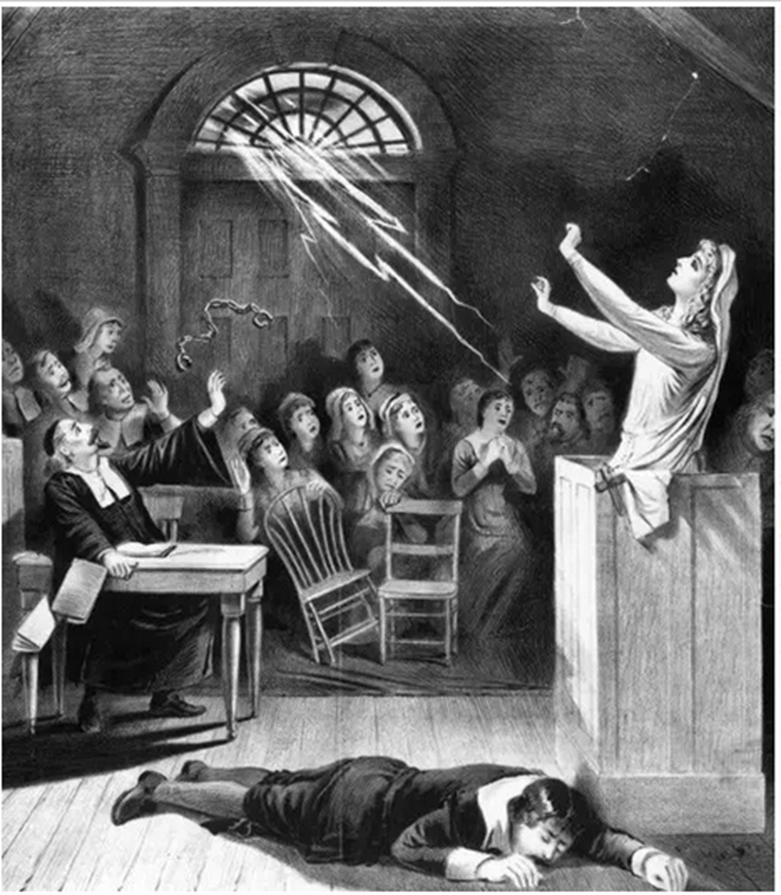
As an amusing addition to all of the above, the New Jersey Puritans considered it illegal for a woman to “trick” her future husband with “perfume, cosmetics, false teeth, wigs, high heels, and butt lifts,” so if it turns out that the girl The one you married had somehow “lifted” her buttocks, you can divorce her without any consequences, and she will be punished in the same way as witches and witches.
Source: The Modern Rogue website

